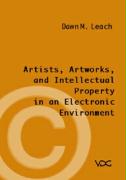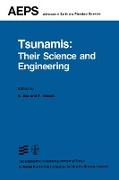Artists, Artworks and Intellectual Property in an Electronic Environment
BücherAngebote / Angebote:
The shift to an information oriented culture of global scale was gaining momentum by the 80's. How would this new technology impact on the status of a work of art as cultural artifact or the perceived role of the artist. Taking the cue from the long discursive formation involved in accepting the photograph as art medium, this study investigates the written evidence circulated among legal experts concerned with intellectual property and among practitioners of electronic aided art forms. The delocalized nature of internet projects was only just forming on the art horizon, and despite adjustments in international agreements, territorially bound law remains the legitimate normative force. Thus this study concentrates on French, German, Japanese, and U.S. legal regimes. The comparative view reveals differences as well as commonalities. Cultural traditions are resistant to rapid change, while the electronic environment is indifferent to distinctions between users, producers, and questions of global distribution. The context of global economics looms into the picture where this study closes, leaving unsettling questions open for current debate.The author is private docent for art theory and history at the Carl-von-Ossietzky-Universität, Oldenburg and Head of Archives and Collections at the Düsseldorf Academy of Fine Arts. She received her B.A. in art and art history at Beloit College, Wisconsin, her M.A. at the Julius-Maximilians-Universität, Würzburg and her doctorate at the Ruhr-Universität, Bochum. She is author of many essays on 19th and 20th century art, a study of Pablo Picasso's Suite Vollard, of a German, 19th century cultural ensemble and the early and formative years of the Pop artist, Richard Hamilton.
Folgt in ca. 2-3 Arbeitstagen


